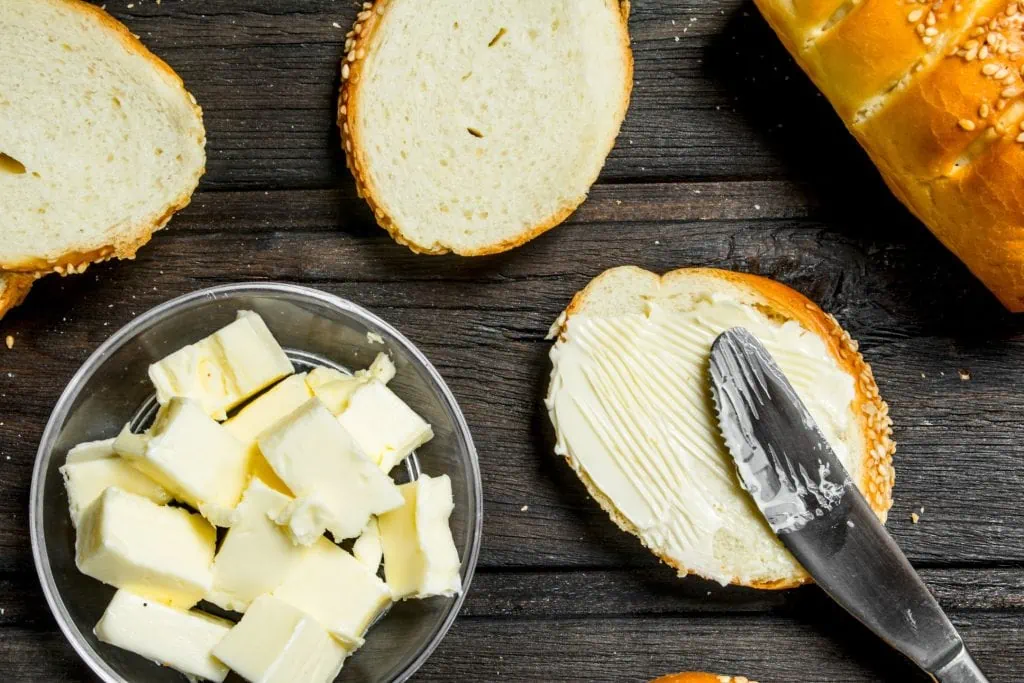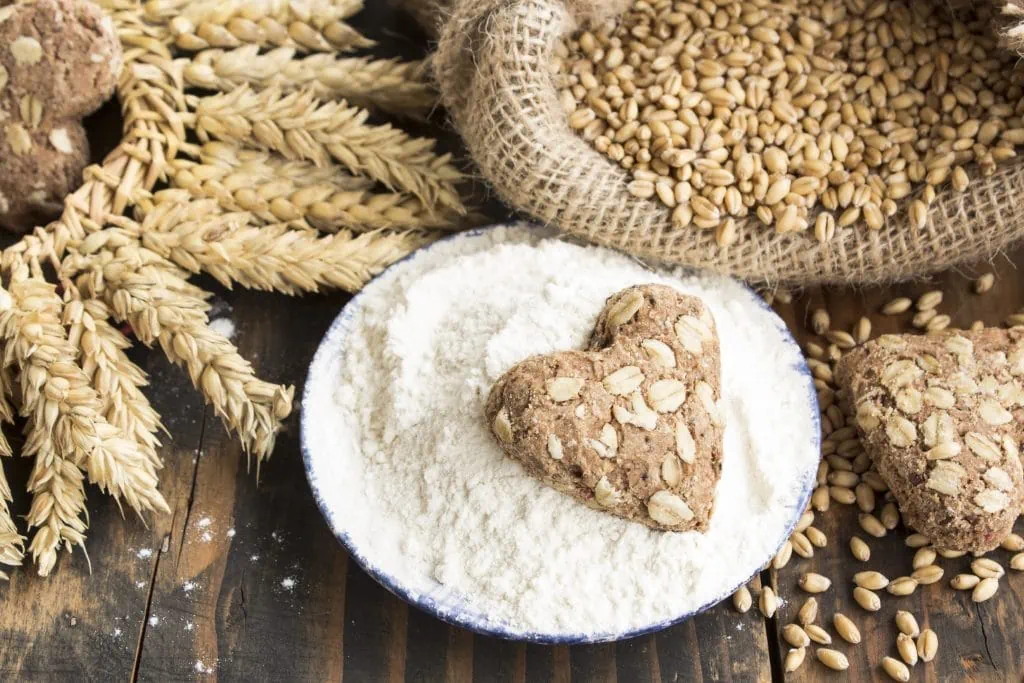We’re open to trying just about anything in our quest for a healthy lifestyle and a slimmer waistline. Backed up by some improperly conducted research, and sometimes not even as much, plenty of bad nutrition advice was born.
While these nutrition rules have received support from many healthcare professionals over the years, the media overly promoted them, making things even more confusing for us regular folks who just want to know what is it we have to do so we can become healthier and stay that way.
Here are some of the worst nutrition advice in history that should definitely not be trusted.
Get rid of the egg yolks

At first, we were told eggs are good for us but we should limit their consumption to no more than 2-6 eggs a week. Then, nutrition professionals changed their minds and told us we can eat more eggs, but only if we threw away the egg yolks.
That was because the yolks are high in cholesterol, and it was thought it would raise our blood cholesterol levels. Luckily, science took the matter into its own hands and numerous research studies not only failed to find a link between whole egg consumption and increased risk of heart disease, it also showed consumption of dietary cholesterol has no significant impact on increasing the risk of heart disease and atherosclerosis.
Egg consumption does not affect blood cholesterol levels for about 75% of people. The rest of 25% increases HDL (good) cholesterol and lowers LDL cholesterol (source).
While egg whites are mostly protein (which is definitely not bad for you), most of an egg’s nutrients are contained in the yolk. Egg yolks contain B vitamins, vitamin A, choline, folate, omega-3 fatty acids, and other essential nutrients. Eggs coming from free-range chicken have higher amounts of these valuable nutrients.
So don’t avoid eggs; it would definitely be a shame. They’re one of the most affordable yet high-quality sources of protein and other vital nutrients no one needs to miss out on.
All calories are the same
You can use your daily caloric requirements as a rough guide to maintain optimal weight, but it doesn’t mean eating 400 calories from red meat is the same as eating 400 calories from bread.
Calories that come from eating carbohydrates are significantly more fattening than those from protein consumption. The source of the calories affects your metabolism and satiety among many other things.
Eating a high-protein diet actually increases the metabolism (source 1, source 2) and makes you feel full for longer than a high-carb diet (source). Besides the fact that our bodies need a wide range of nutrients and we have to eat a variety of foods to get them all, we also need to pay attention to our food choices because, as the human organism is an extremely complex system, that knows how to differentiate the calories it receives based on their sources.
Remove everything fat

The idea that fat consumption is one of the leading causes of obesity is a myth, but an old one. In the 1950s, a study that analyzed the fat intake of 7 countries was published. It’s known as the Seven Countries Study. According to the analyzed data, Ansel Keys, a researcher from the University of Minnesota, concluded that increased fat consumption, especially saturated fats like the ones contained in meat and milk, increases the mortality risk from heart disease and other illnesses.
The study received criticism even before it was published, and for good reason. Keys may have properly analyzed the dietary habits and state of health for the populations of those 7 countries (U.S. included). Still, it omitted data from 16 other countries so he could get the results he wanted. The study also failed to factor in sugar consumption for the analyzed countries, another reason why it’s been heavily criticized.
But the efforts of those who dared to disagree with the study’s results were barely noticed and the myth was born. So we’ve been told for decades that saturated fats are bad for us, and we should focus on eating more polyunsaturated fats from vegetable sources. Since fat is highly caloric (1 gram has about 9 calories), we’ve also been advised to adopt low-fat diets.
This led to the invention of “fat-free” and “low-fat” foods. However, with little or no fat, manufacturers still needed to make their foods attractive to consumers so they started adding more artificial flavors, preservatives, and sugar. We can see the effects of the climbing rates of obesity throughout the entire world.
Recent research started to look more closely at the so-called “saturated fat problem”. In 2010, the American Journal of Clinical Nutrition analyzed 21 previous studies that found no link between saturated fat intake and heart disease.
Vegetable polyunsaturated fats like soybean, canola, and corn oil have been advertised as healthy, when in fact, these oils have way too much omega 6 fatty acids and not enough omega 3s. These vegetable oils are even unhealthier when used for cooking since heated polyunsaturated acids break down into toxic compounds that promote inflammation increasing the risk for many serious health problems such as cardiovascular disease, digestive disorders, rheumatoid arthritis and cancer (8).
Whole wheat is healthy

Because we love to see the term “whole” in front of foods as it makes them sound like a healthier, more nutritious choice, it’s not the case of whole wheat. And don’t mistake whole wheat for whole grain. It’s true both are rich in carbs, which are known to cause spikes in blood sugar levels, but they are definitely not the same.
Whole grain has the entire kernel of the grain, but whole wheat contains only the endosperm as the bran, and the germ (where most of the vitamins are) are removed during the refining process. Moreover, whole wheat flour loses ½ of the initial nutrients during refining.
Whole wheat has a higher glycemic index than sugar, and whole wheat bread has the same GI as white bread.
The truth is, we can live without these processed wheat products just fine, although healthy individuals who eat low amounts should have no problems. Nevertheless, it doesn’t mean that whole wheat products are heart-healthy, as advertised.
The situation is more delicate for overweight people and diabetics. In their case, carb restrictions would be beneficial to keep blood sugar levels under control and aid with weight loss and weight management.
Another problem with wheat is it contains a substance called phytic acid that binds calcium, magnesium, iron, and other minerals, preventing their absorption. Whole wheat contains more phytic acid than refined wheat.
There are other health risks associated with increased wheat consumption (be it whole or refined), like brain disorders and increased LDL (“bad”) cholesterol. Of course, there may be many other health problems caused by eating wheat, but we’re not aware of all of them, at least not yet.
